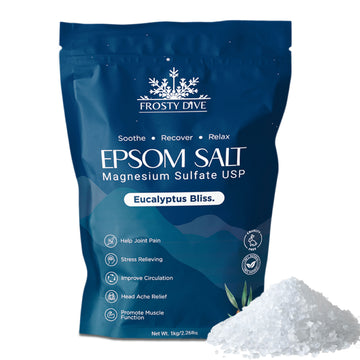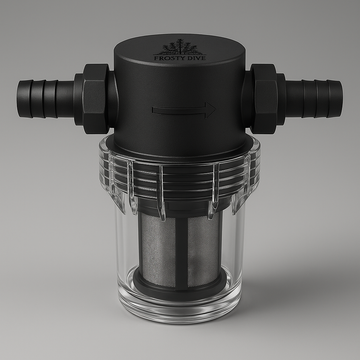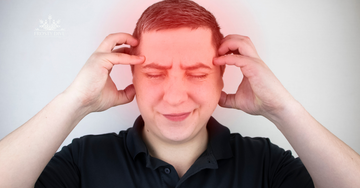Cold water therapy is a wellness practice that involves exposing the body to cold temperatures to stimulate various physical and mental responses. This can be done through methods like cold showers, ice baths, or cold plunges. Once primarily used by professional athletes for recovery, it has now become popular among a broader audience seeking its wide-ranging health benefits. From boosting energy and mood to reducing inflammation and improving recovery, cold water therapy is gaining attention as a powerful addition to modern wellness routines.
1. Reduces Muscle Soreness and Accelerates Recovery
One of the most widely recognized benefits of cold water therapy is its ability to reduce muscle soreness after intense physical activity. When you expose your body to cold temperatures, blood vessels constrict (a process called vasoconstriction), which helps decrease inflammation and swelling in muscle tissues. After the cold exposure ends and your body warms back up, blood vessels dilate, improving circulation and flushing out metabolic waste. This is why many athletes take ice baths post-workout — to speed up recovery and reduce delayed onset muscle soreness (DOMS).
2. Boosts Circulation
Exposure to cold forces the body to work harder to maintain a stable internal temperature, which improves overall blood circulation. As blood vessels constrict in the cold and dilate upon warming, this pumping action can enhance cardiovascular health over time. Improved circulation is linked to better oxygen and nutrient delivery to tissues and organs, which supports healing, vitality, and overall physical performance.
3. Enhances Mental Health and Mood
Cold water therapy can trigger a release of neurotransmitters such as norepinephrine, dopamine, and endorphins — chemicals associated with improved mood, reduced anxiety, and a sense of well-being. The shock of cold water stimulates the nervous system, which can lead to increased mental alertness and focus. Regular cold exposure has even been linked to decreased symptoms of depression in some individuals, possibly due to these hormonal effects.
4. Strengthens the Immune System
Cold water therapy has been associated with a stronger immune response. Studies suggest that regular cold exposure may increase white blood cell count and the activity of natural killer cells, which help fight infections. Anecdotally, practitioners of regular cold plunges report fewer colds and a better ability to fend off minor illnesses.
5. Improves Sleep Quality
Cold exposure can positively influence sleep patterns. It helps regulate your circadian rhythm by lowering core body temperature, which naturally signals the body that it’s time to rest. Some people find that cold showers or brief cold plunges in the evening can help them fall asleep faster and sleep more deeply.
6. Promotes Fat Loss and Metabolism
Cold exposure can activate brown adipose tissue (brown fat), which is responsible for generating heat by burning calories. This process, known as thermogenesis, can lead to increased energy expenditure and metabolic rate. Over time, this may support fat loss and improve insulin sensitivity, contributing to better metabolic health.
7. Builds Mental Resilience
Cold water therapy challenges the body and mind, requiring controlled breathing and mental fortitude to endure the discomfort. Regular practice helps build stress tolerance, discipline, and resilience. These psychological benefits can carry over into daily life, helping individuals handle challenges more calmly and effectively.
8. Improves Skin and Hair Health
Cold water can help tighten pores, reduce inflammation in the skin, and prevent excessive oil production, making it beneficial for skin clarity. It also closes hair cuticles, leading to shinier and stronger hair. While these cosmetic benefits may be secondary, they are often appreciated by those who incorporate cold showers or ice baths into their daily routines.
Final Thoughts
Cold water therapy offer a wide range of health benefits, from physical recovery and improved circulation to enhanced mood and mental toughness. As with any wellness practice, it’s important to approach cold exposure gradually and safely.

News























